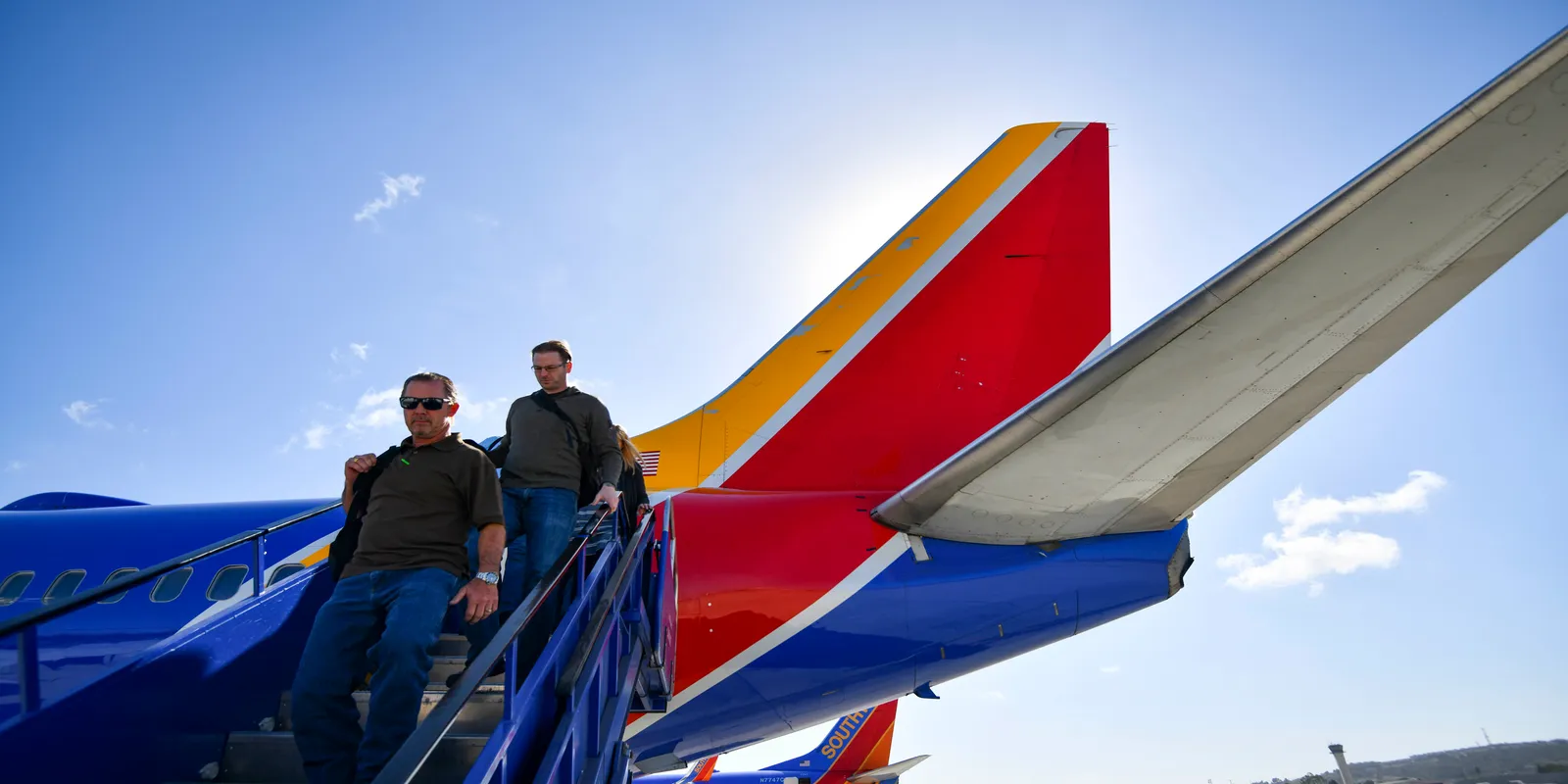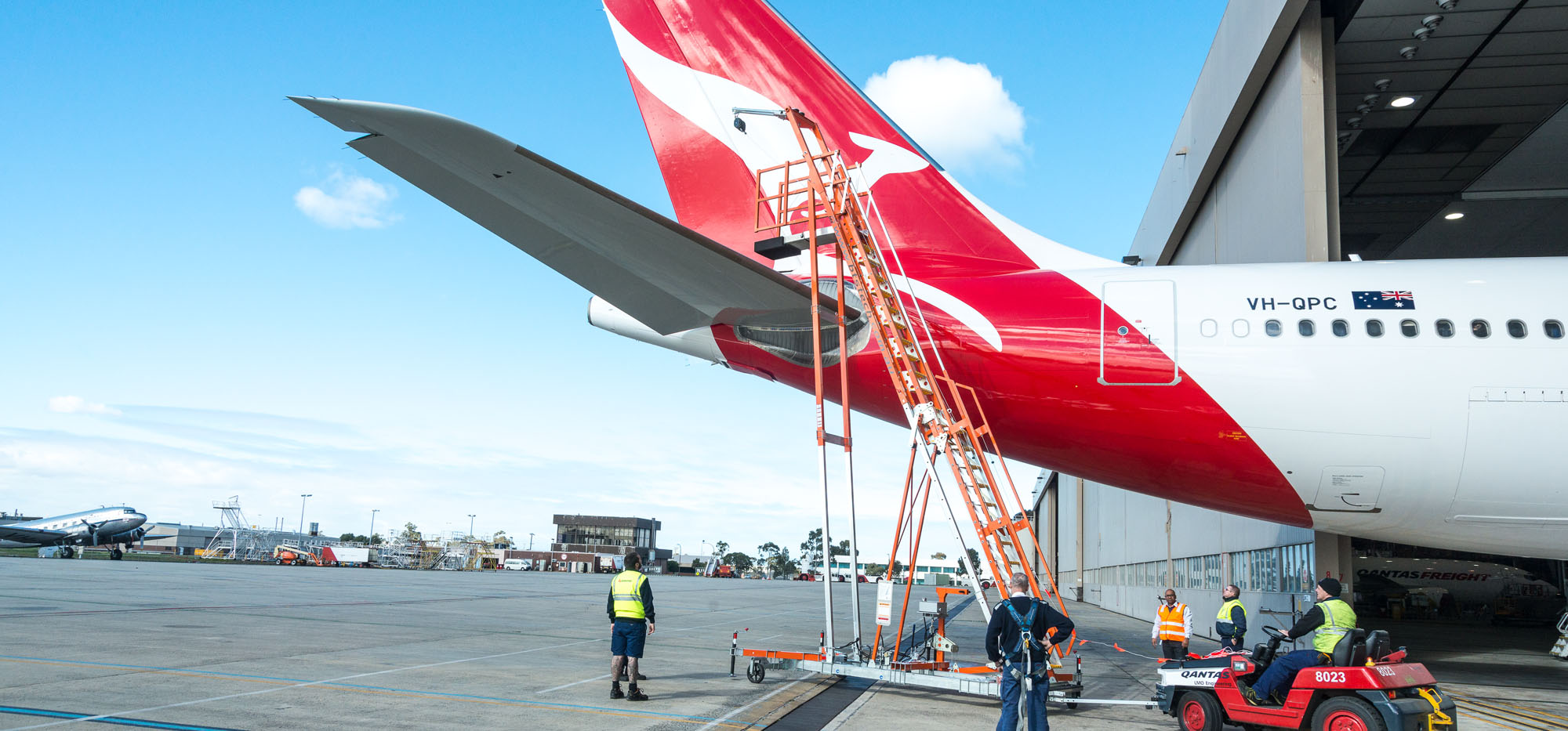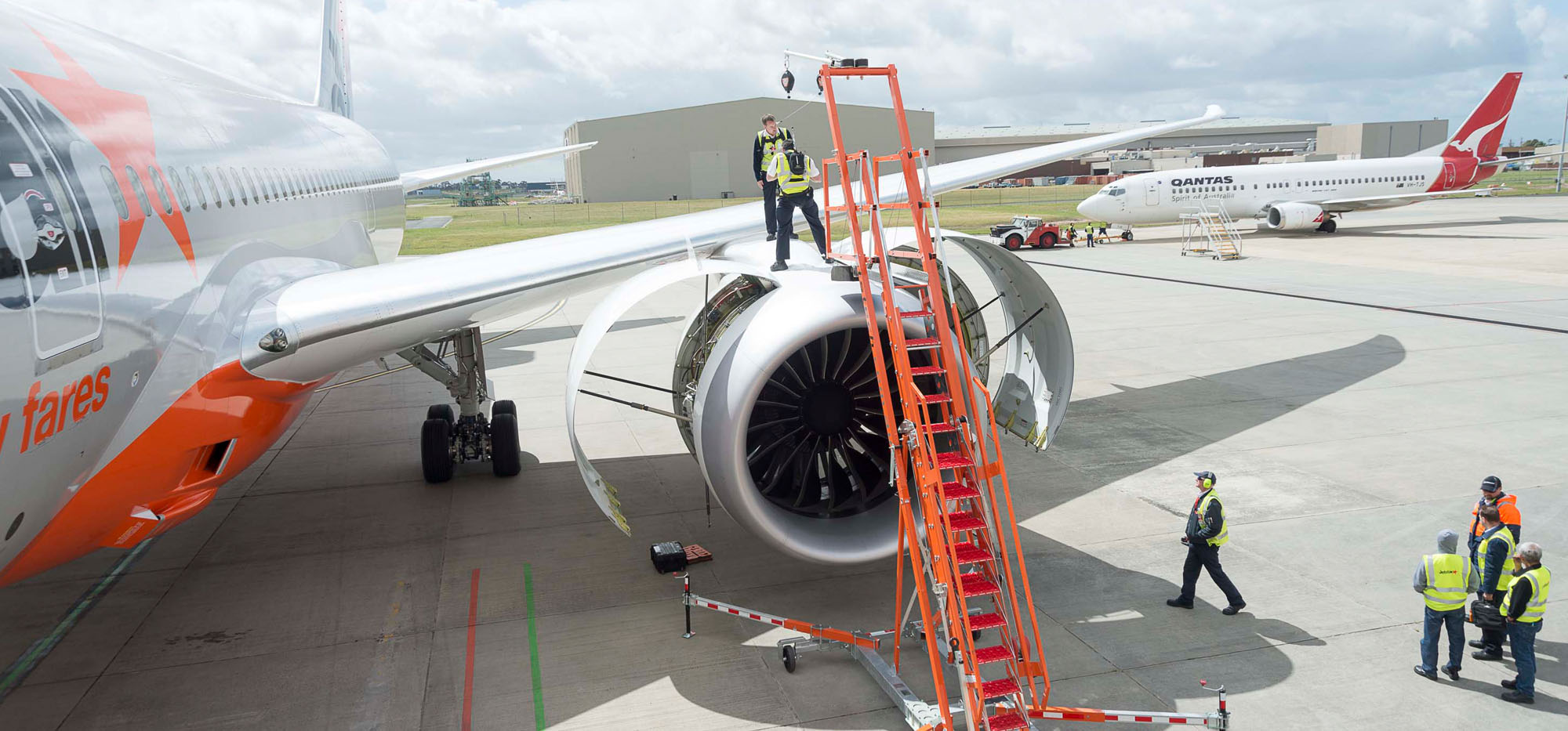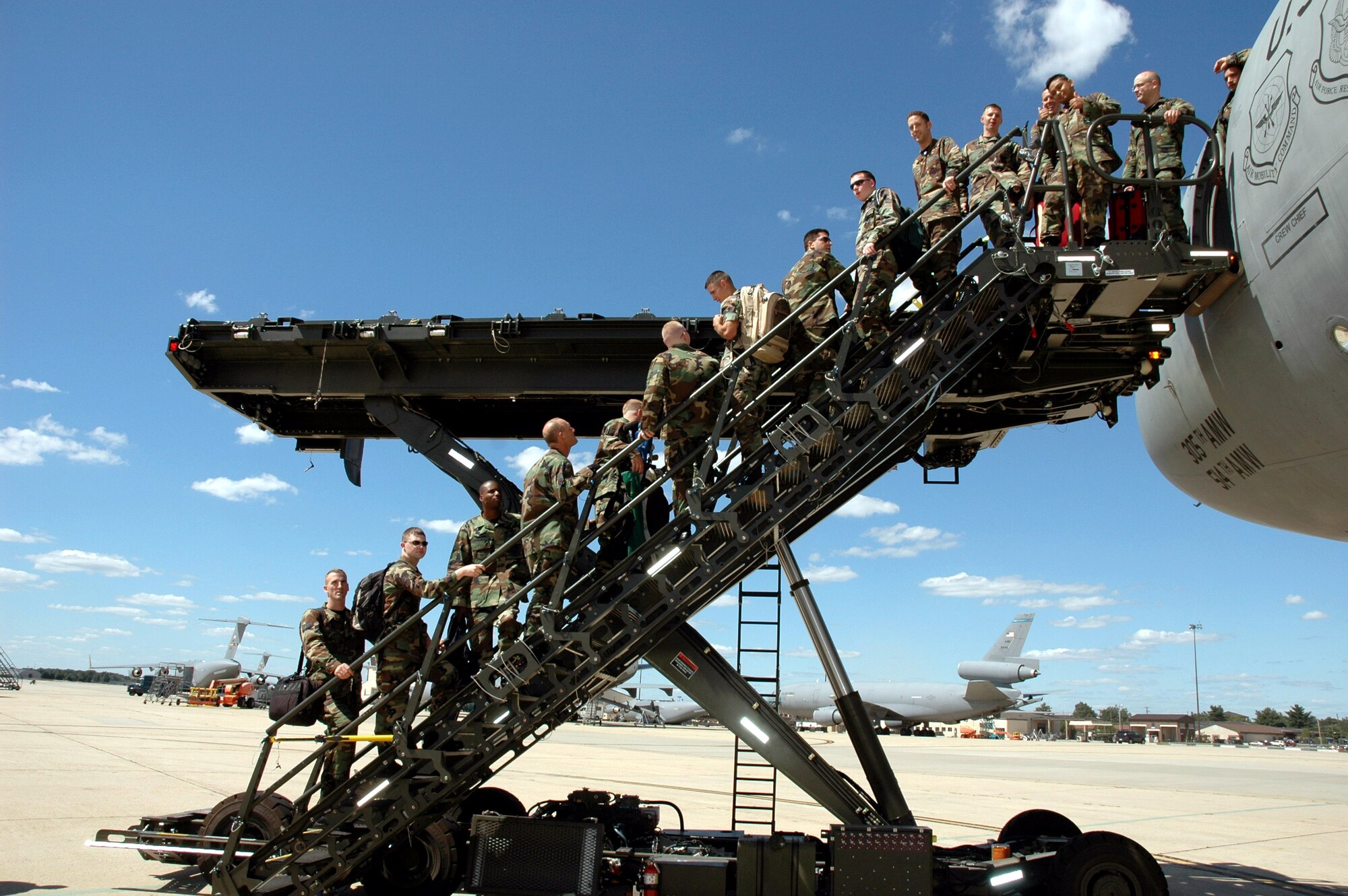Airplane stairs, though often overlooked, play a crucial role in ensuring the smooth boarding and disembarking of passengers. Airlines and airport authorities are constantly seeking ways to enhance passenger experience, safety, and efficiency. In this article, we will uncover five secret techniques that can significantly Improve Airplane Stairs, making air travel even more convenient and secure.
1. Ergonomic Design
The Importance of Comfort
To begin with, one of the secret techniques to improve airplane stairs is to focus on ergonomic design. Passengers come in all shapes and sizes, and many may be carrying heavy bags. Thus, stairs should be designed to provide maximum comfort and ease of use. Wide, non-slip steps with comfortable handrails can make a world of difference in ensuring a hassle-free boarding experience.

2. Accessibility for All
Catering to Diverse Needs
Another crucial aspect of improving airplane stairs is ensuring accessibility for all passengers. This includes individuals with disabilities or reduced mobility. Implementing features such as wheelchair ramps and gradual inclines can make boarding and disembarking much smoother for everyone, regardless of their physical abilities.
3. Advanced Materials
Durability and Efficiency
The third technique involves the use of advanced materials. Stairs often endure extreme weather conditions and high foot traffic. Utilizing materials that are not only durable but also lightweight can extend their lifespan and reduce maintenance costs. Composite materials, for example, offer excellent strength-to-weight ratios and resistance to corrosion.
4. Smart Integration
Streamlining the Process
Incorporating smart technology into Improve Airplane Stairs is another secret technique that can revolutionize the boarding process. Automated steps that adjust to the height of the aircraft door, coupled with sensors that detect passenger movement, can optimize boarding efficiency while minimizing the risk of accidents.

5. Safety First
Prioritizing Passenger Safety
Last but not least, the fifth secret technique revolves around enhancing safety features. Well-lit stairs with visible markings, anti-slip surfaces, and emergency evacuation provisions can instill confidence in passengers. Moreover, regular maintenance and inspections should be conducted to identify and address any safety concerns promptly.
Conclusion
In conclusion, Improve Airplane Stairs are an integral part of the air travel experience, and their improvement can greatly benefit both passengers and airlines. By focusing on ergonomic design, accessibility, advanced materials, smart integration, and safety, airlines and airport authorities can enhance the overall quality of air travel.

FAQs (Frequently Asked Questions)
1. Are these techniques applicable to all types of airplanes?
Yes, these techniques can be tailored to suit various aircraft sizes and configurations.
2. How can smart technology improve boarding efficiency?
Smart technology can automate the adjustment of stairs to match the aircraft’s door height and detect passenger movement, reducing wait times and improving the flow of passengers.
3. What materials are commonly used for durable airplane stairs?
Composite materials, aluminum alloys, and stainless steel are often chosen for their durability and resistance to corrosion.
4. Is it mandatory for airlines to implement accessibility features for passengers with disabilities?
Yes, many aviation regulations require airlines to ensure accessibility for all passengers, including those with disabilities.
5. How often should airplane stairs undergo maintenance?
Regular maintenance should be conducted as per the manufacturer’s recommendations, with additional inspections after significant weather events or heavy use.



